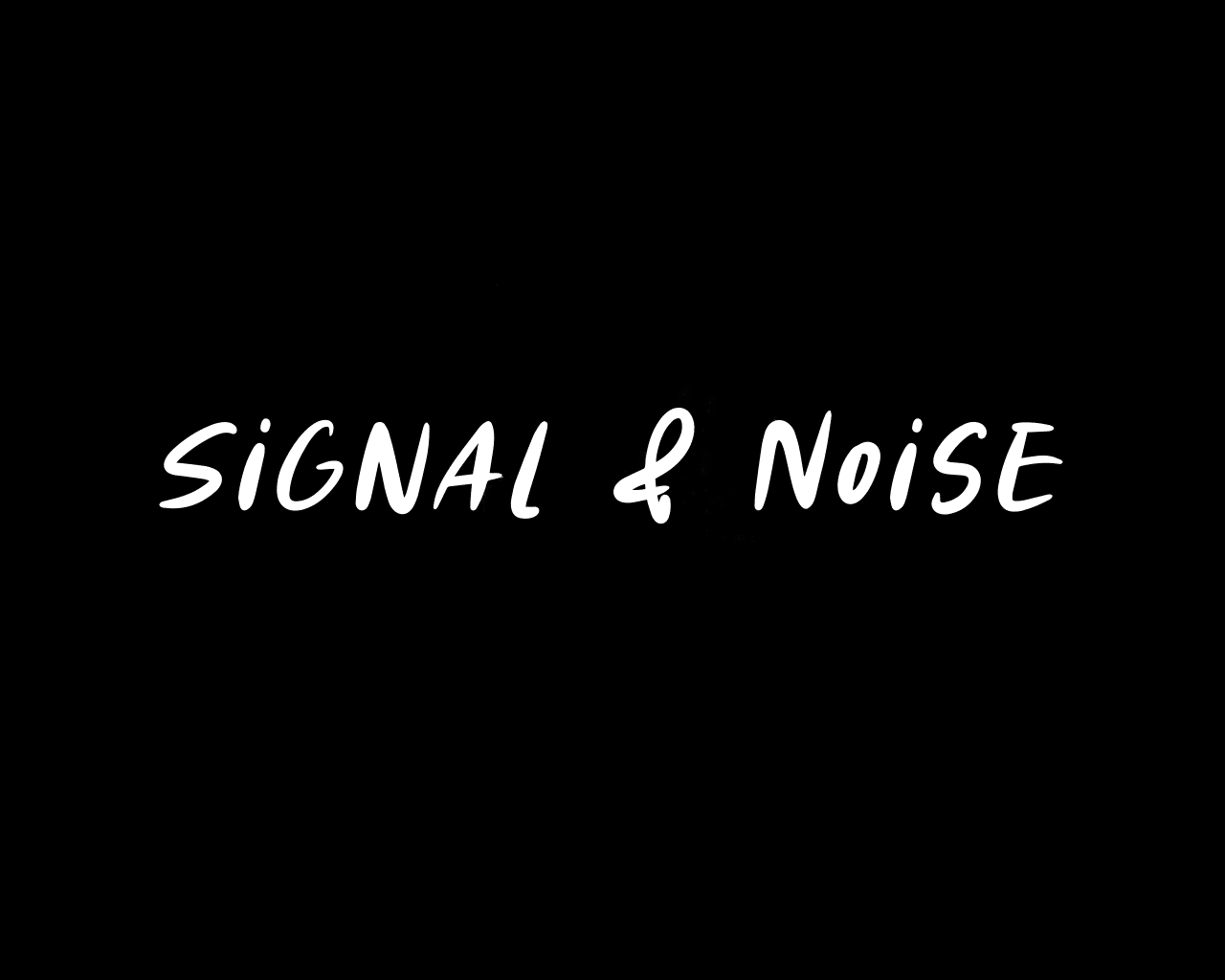Everyone’s sounding the alarm over the new tariffs, predicting skyrocketing home prices and a collapsing market, but is that the case? How will homebuyers absorb a rise in home prices? And is President Trump’s aggressive tariff strategy a move to push mortgage rates lower?
DDB Capital doesn’t react to noise. We analyze the numbers, break down the trends, and focus on what impacts real estate markets. So let’s cut through the fear and look at the reality.
Breaking Down the 2025 Tariffs
In February 2025, the Trump administration introduced a new wave of tariffs targeting key U.S. trading partners:
- Canada & Mexico – 25% tariff on imports, plus a 10% tariff on Canadian energy (electricity, oil, and gas)
- China – 10% tariff on all imports
For home builders, this means higher costs for critical materials. The biggest impacts will be on softwood lumber, gypsum, steel, and aluminum — core components of residential construction. 72% of U.S. softwood lumber is imported from Canada. Gypsum, the key material in drywall, is also taking a hit, with 74% coming from Mexico. Meanwhile, Chinese appliances, steel, and aluminum — all essential for beams, reinforcements, and home finishes — now face tariffs that push prices even higher.
Yes, costs are increasing. But the bigger question is how this affects home prices and affordability.
What Does This Mean for Home Prices?
Experts have varying estimates on the impact of tariffs, but the overall effect remains manageable. The National Association of Home Builders (NAHB) predicts an increase of $7,500 to $10,000 per home, while CoreLogic projects a 4% to 6% rise in construction costs, translating to $17,000 to $22,000 per home.
Even at the high end, a $22,000 increase on a $418,000 home amounts to just a 5.3% jump — hardly a market-altering shift. More importantly, affordability is driven more by mortgage rates than material costs.
Will Tariffs Push Mortgage Rates Lower?
President Trump has made it clear — he wants interest rates down. From social media to major news appearances, he’s been vocal about his belief that “nobody gets rich when interest rates are high.”
Anthony Pompliano, Jim Cramer and others have claimed that Trump’s aggressive tariff policies are not just about trade, but a calculated effort to force the Federal Reserve to cut interest rates. DDB Capital agrees. We view these tariffs as a strategic move to pressure Federal Reserve Chairman Jerome Powell into lowering rates to maintain economic momentum. Whether people accept this argument or not, the market is already responding.
Since January, the 10-year Treasury yield has dropped from 4.8% to 4.25% as of March 9, 2025. The mortgage market took notice. CNBC reported that “weekly mortgage demand surged 20% higher after rates fell to their lowest levels since last year.”
The Real Impact: Mortgage Rates vs. Tariffs
The current median home price sits at $418,000 with the current 30-year fixed mortgage rate averaging 6.67%. In October 2023, the median home price was $423,200 with an average mortgage rate of 7.79%, a recent high. In September 2024, that mortgage rate dropped to 6.08%, a recent low.
Here’s how different scenarios impact monthly payments:
Historical and Current Data
Home Price | Interest Rate | Mortgage Payment |
$423,200 (Q4 2023) | 7.79% (Q4 2023) | $2,667 |
$418,000 (Current) | 6.67% | $2,492 |
Future Predictions
Home Price | Interest Rate | Mortgage Payment |
$425,500 | 6.67% | $2,533 |
$425,500 | 6.47% (-0.30%) | $2,491 |
$440,000 | 6.67% | $2,620 |
$440,000 | 6.11% (-0.56%) | $2,491 |
$440,000 | 6.08% (SEP 2024) | $2,484 |
This data tells us that Interest rates move the market far more than construction costs.
Buyers are already experiencing lower monthly payments from their recent high in late 2023. If rates drop from 6.67% to 6.08%, the recent low from pre-election 2024, buyers will pay less per month than they are today — even with tariffs raising home prices.
Additionally, a 2% increase in median household income would fully offset the projected mortgage payment increase, further mitigating affordability concerns.
Builders Have Strategies to Offset Rising Costs
It’s not just interest rates keeping the market steady. Builders have adapted over the past few years, deploying strategies that help offset rising costs and maintain affordability. These include:
- Rate buy-downs to lower monthly payments.
- Closing cost assistance to reduce upfront expenses.
- Flexible financing options to make homeownership accessible.
- Customization packages that add value for buyers.
The Market is Stronger Than the Headlines Suggest
Rising home prices don’t kill demand — but affordability can. Inventory is low, rents are rising, and wages are increasing, keeping buyers in the market. Builders are adapting — optimizing materials, designs, and pricing to keep projects moving.
For investors and builders, the strategy is simple — focus on fundamentals, not fear. The market isn’t slowing down, it’s evolving.
***
Sources:
National Association of Home Builders
Signal & Noise is a blog series created by DDB Capital Senior Analyst Johnathan Chavez. It critically examines articles from major real estate publications, using statistical analysis to verify or challenge their claims and assess their alignment with market realities
Disclaimer
This communication is intended for informational purposes only and should not be construed as an offer to sell or a solicitation to buy any securities, investment products, or services. Any offering will be made only through official offering documents to qualified investors. Past performance is not indicative of future results. Investing involves risk, including possible loss of principal. Please consult your legal, tax, or financial advisor before making any investment decision.



